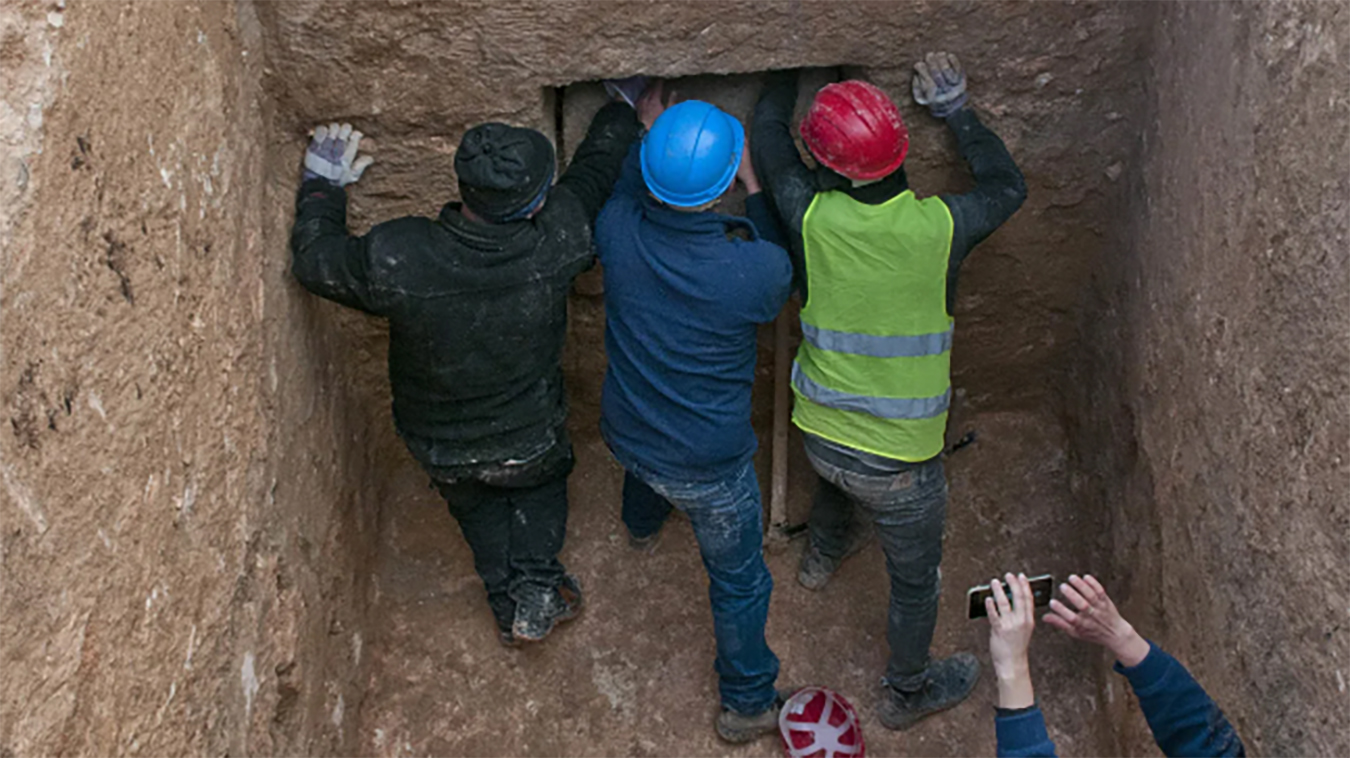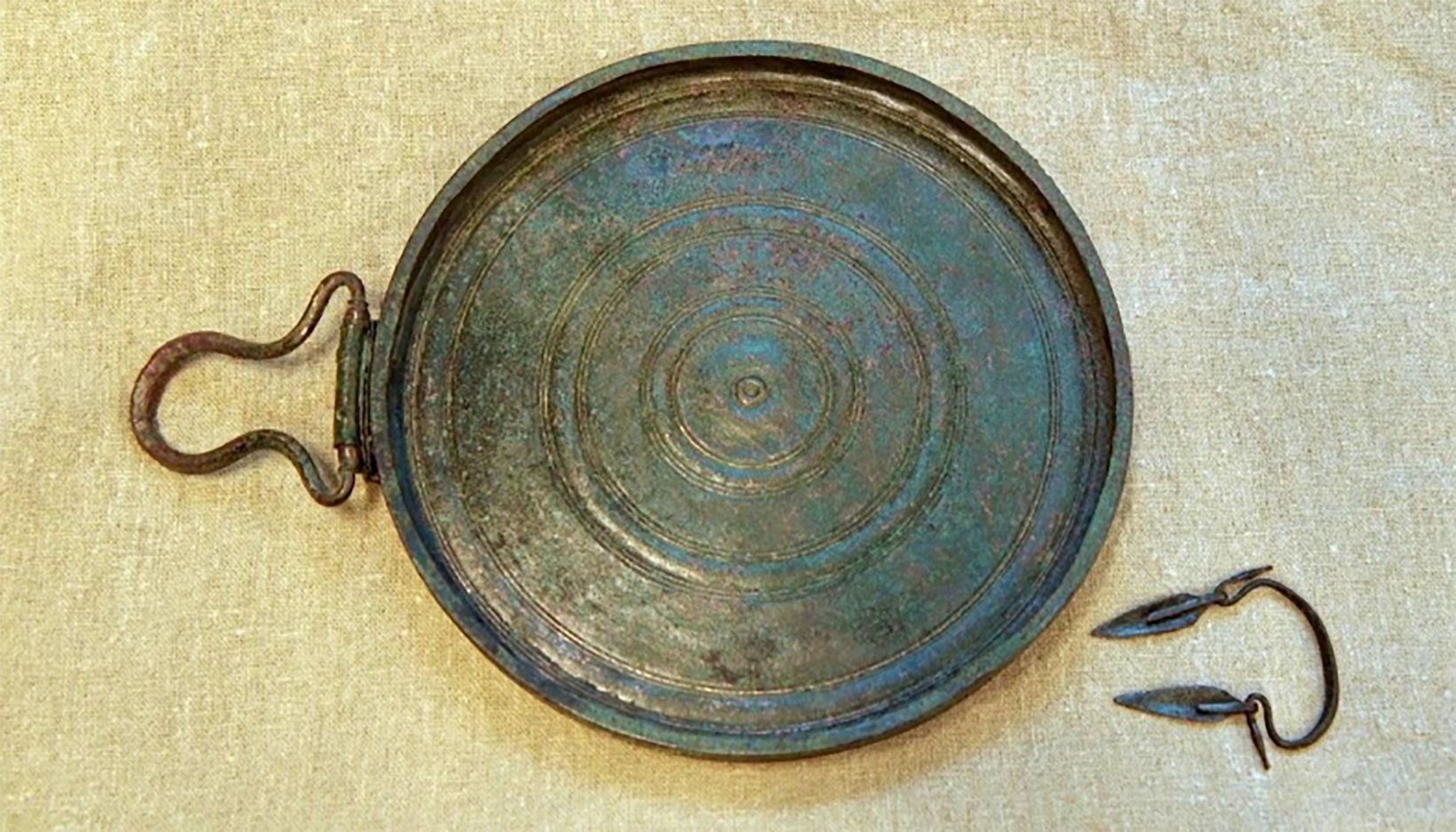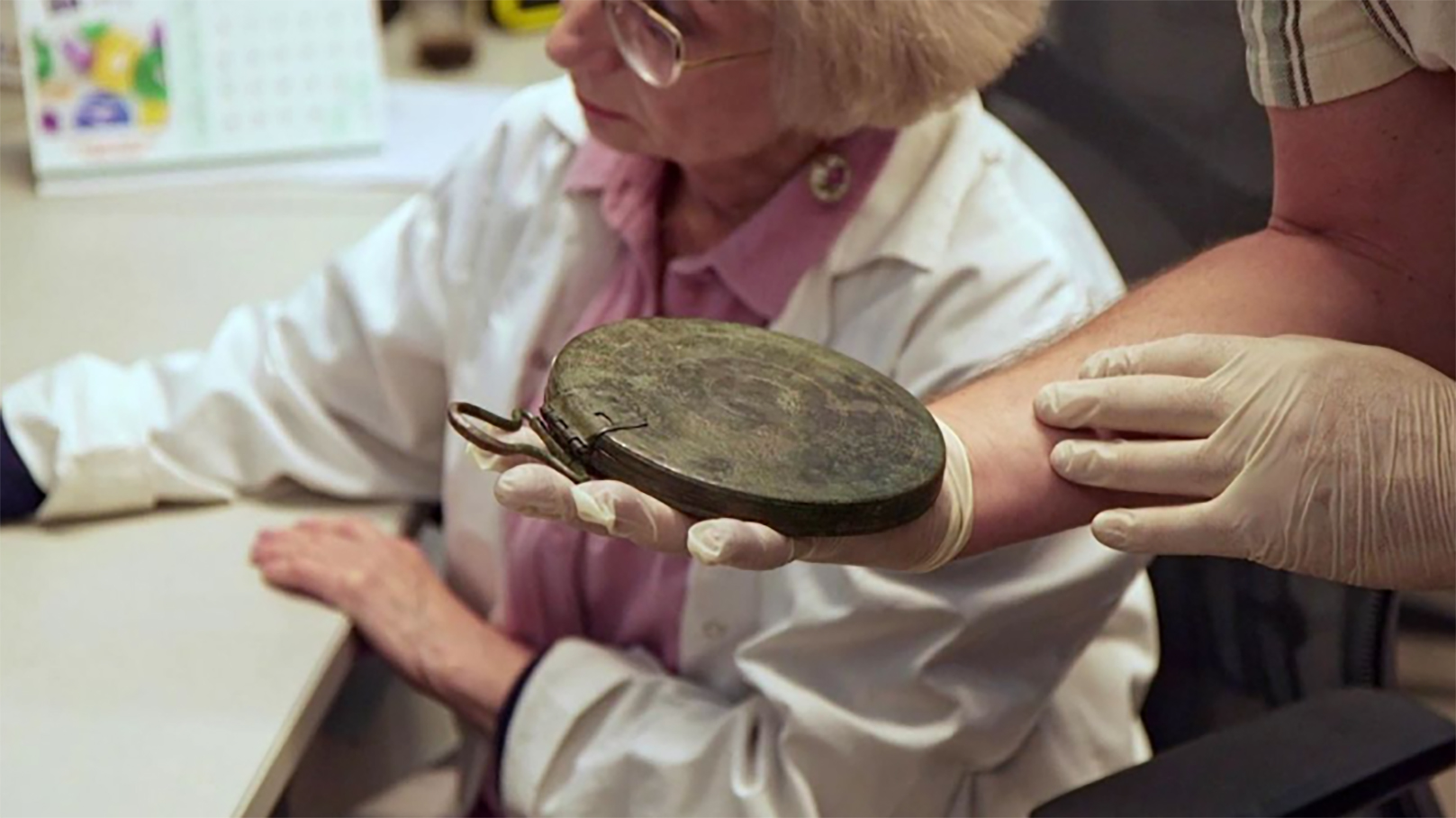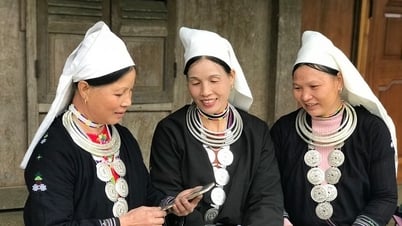The cremated remains of a young woman were found in a cave, buried with a bronze mirror on a rocky slope near Ramat Rachel, not far from Jerusalem, Israel.
According to a joint study conducted by Tel Aviv University and the Israel Antiquities Authority (IAA), the tomb dates to between the late 4th and early 3rd centuries BC.

The tomb near Ramat Rachel, not far from Jerusalem
Guy Stiebel, of the Department of Archaeology and Ancient Near Eastern Studies at Tel Aviv University, told CNN in a phone interview that the discovery is "very significant."
“It's like bringing back to life a woman who died 2,300 years ago,” Stiebel said of the research he's doing.
Stiebel and his team believe this may be the first discovery of the remains of a hetaira - the name given to ancient Greek courtesans.
"If our interpretation is correct, it seems that this burial represents very unique circumstances, what we call a hetaira, a Greek woman accompanying one of the Greek government officials, or more likely a high-ranking general," he said.
This is the period between the death of Alexander the Great in 323 BC and the Roman conquest of Egypt in 30 BC.
Stiebel told CNN he and his team believe the woman may have been one of the first Greeks to arrive in the area.

The mirror is perfectly preserved.
Liat Oz, the IAA excavation supervisor, described the mirror found in the tomb along with the remains: "This is the second mirror of its kind discovered, to date, in Israel. A total of 63 mirrors of this type are known worldwide . The mirror is in excellent condition and of extremely high quality. It looks as if it was made yesterday."
Bronze mirrors like this one have been found in Greek tombs and temples, and are often decorated with carvings or reliefs of female figures or goddesses, researchers say.
Stiebel notes that a high-status woman might have received a mirror as part of her dowry, but that is unlikely to have happened in this case because married women rarely left their homes in Greece.
According to Stiebel, the remains may have been those of a courtesan, as they often received gifts from men. Comparing the hetairai to Japanese geishas, Stiebel explained that the women were considered "muses."
"Women broke down barriers in a very strict and male-dominated Greek society. They also played a similar role to the geisha: providing cultural elements. For that reason, they were given gifts. It was part of the gift economy in ancient Greece that involved mirrors," he said.
The fact that the remains were cremated also hints at the woman's origins, Stiebel said.
"Cremation is foreign to this country," he said, explaining that cremation was not only forbidden in Judaism but was also not practiced during the Persian Empire, which occupied the area at the time.

Researchers say the mirror is extremely rare, with only 63 known worldwide.
"The grave was found in a deserted place, not near any village, farm or settlement. This suggests that she may have been involved in one of the military campaigns dating back to the time of Alexandra the Great or a little later. We assume that she may have accompanied one of the generals," Stiebel explained.
He went on to explain the significance of the four iron nails found along with the mirror and the remains: "The nails were used to protect the dead and also to protect the living from the dead. The bodies were literally nailed to ensure they would not return to the world of the living."
Stiebel told CNN the team is continuing to delve deeper into the mirror's finer details.
"We hope to shed more light on the origins of the artwork's production and perhaps shed more light on the history of the mirror's owner, the general who bought it or where it came from," he said.
The research will be presented for the first time at an Israeli archaeological conference next month.
Source link
































































































Comment (0)